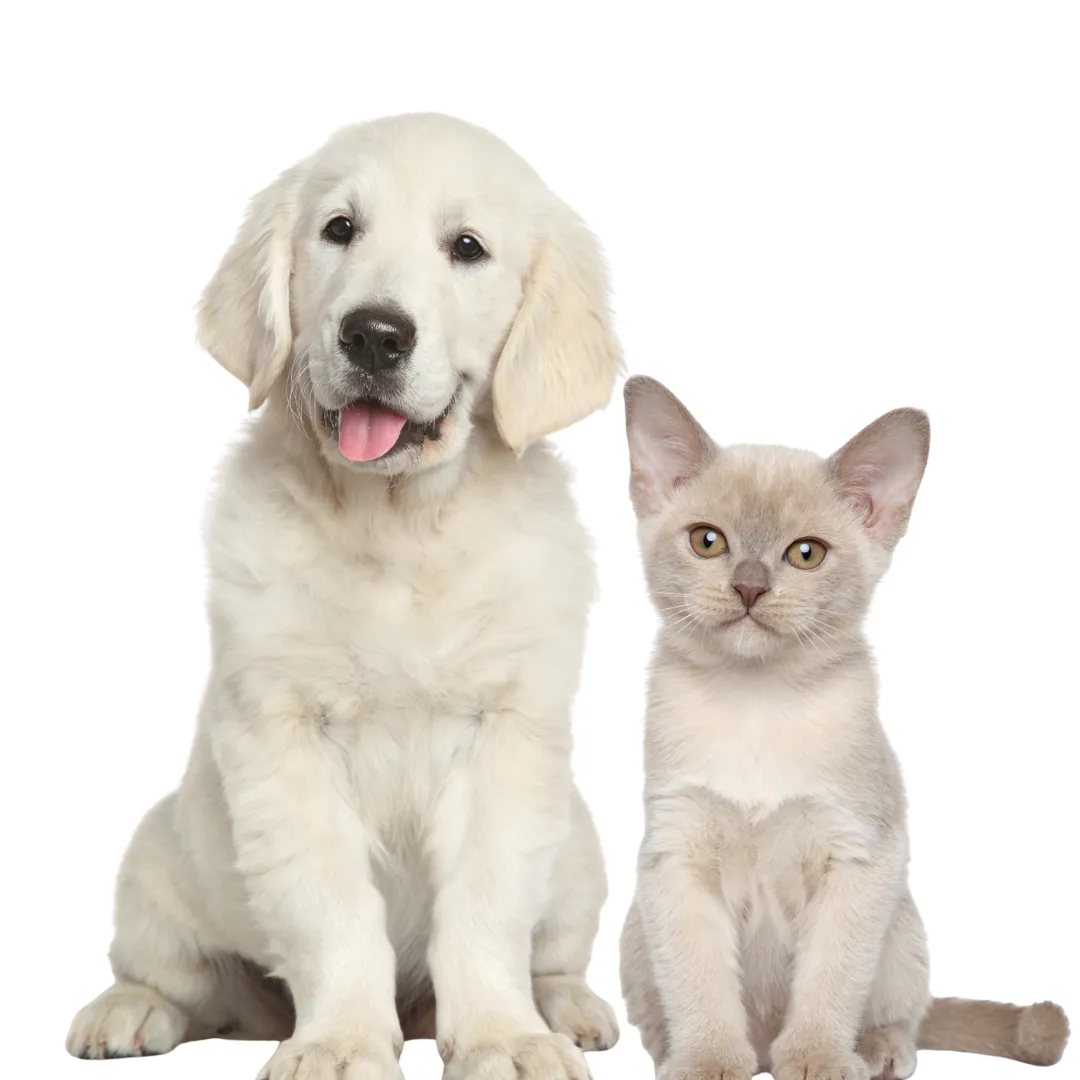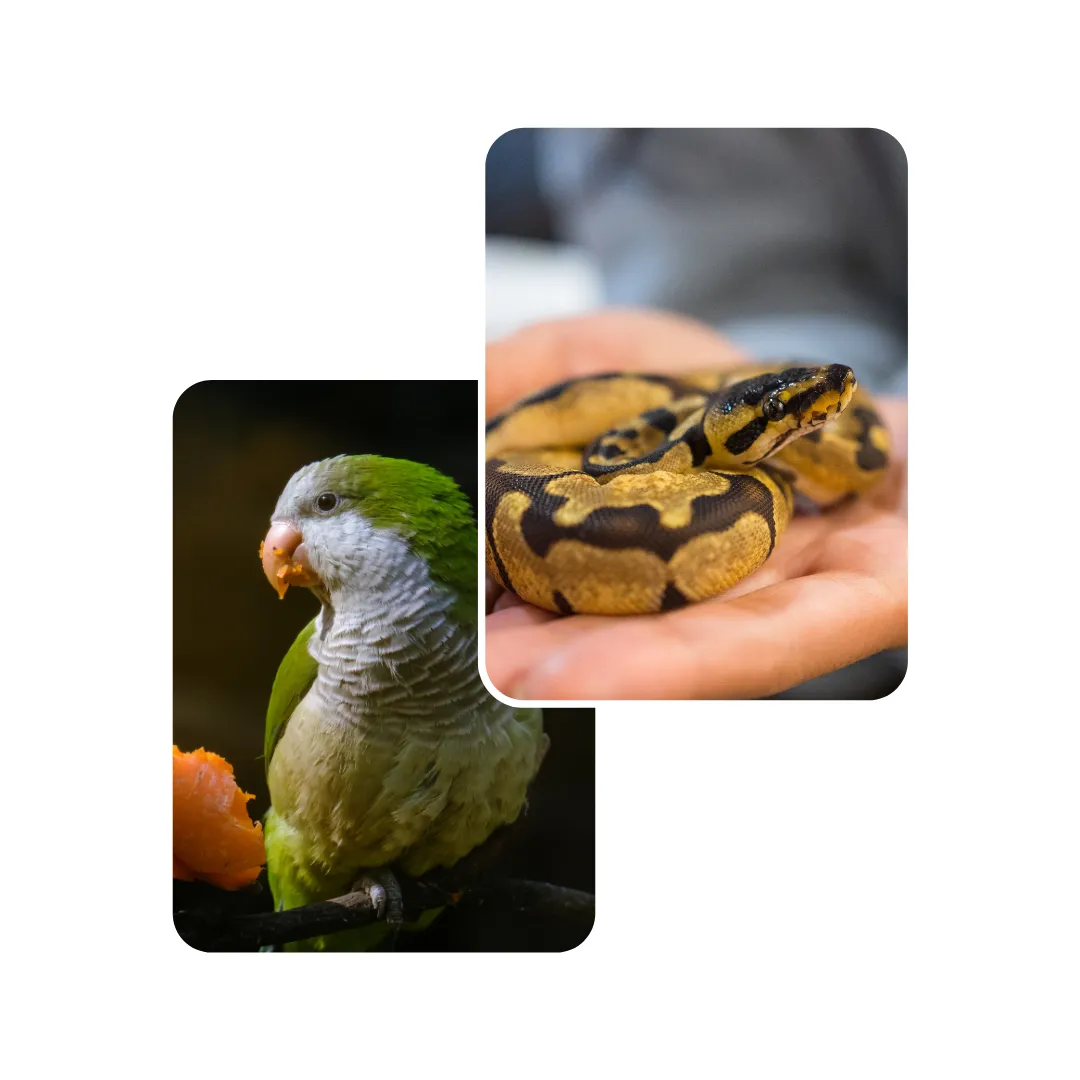
An exotic pet is any animal kept within a household that is not commonly domesticated, such as a dog, cat, or farm animal. These animals, from bearded dragons to sugar gliders, often have needs that directly reflect their wild ancestry, requiring specialized care far beyond a simple food bowl and water.
Choosing an exotic pet means understanding the unique challenges each category presents. It's not just about looks; it's about accommodating their fundamental biological needs.
Exotic mammals like hedgehogs, fennec foxes, or prairie dogs often demand complex social structures and highly specialized diets to prevent nutritional deficiencies. Failure to meet these intricate needs can lead to severe stress, destructive behaviors, and a shortened, unhealthy life.
Nocturnal and highly social, sugar gliders require significant vertical space for climbing and a meticulously balanced diet to prevent metabolic bone disease (MBD), a common and fatal condition. Keeping a single glider or providing an improper diet often leads to depression, self-mutilation, and severe skeletal problems.
As ectotherms ('cold-blooded'), reptiles like snakes, lizards, and turtles are completely dependent on their environment for body temperature regulation. An incorrect temperature gradient, improper humidity, or lack of appropriate UVB lighting can cause respiratory infections, shedding complications, and digestive system failure.
Creatures like frogs, salamanders, and newts have extremely permeable skin, making them incredibly sensitive to toxins and impurities in their water and environment. Improper water parameters or handling with unclean hands can quickly lead to deadly bacterial or fungal infections.

Highly intelligent and social parrots, macaws, and cockatoos can have lifespans exceeding 50 years and require immense mental stimulation and social interaction. Neglect often results in severe psychological issues, such as feather-plucking and screaming, stemming from boredom and loneliness. For more detailed information on avian health, the Association of Avian Veterinarians provides excellent resources.
This category includes animals only a few generations removed from their wild counterparts, such as civet cats (musang). They retain strong, unpredictable wild instincts and are subject to strict regulations in Malaysia under the Wildlife Conservation Act 2010. Ownership requires special licensing from Jabatan PERHILITAN and is not suitable for beginners. Learn more about local regulations at the official PERHILITAN portal.
Before you fall in love with a unique face, you must honestly assess if you can meet these fundamental criteria. This is the difference between a thriving pet and a tragic mistake.
Is the animal legal to own in Malaysia? Many species are protected under international treaties like CITES and local laws. You must ensure the animal comes from a reputable, captive-bred source, not the illegal wildlife trade. Supporting unethical sellers contributes to the decline of wild populations. Always check licensing requirements with Jabatan PERHILITAN.
Examine your life honestly. Do you have the time for a pet that needs hours of daily interaction? Do you have the space for a 6-foot reptile enclosure? Most importantly, do you have the financial stability for potentially high setup costs and specialized exotic vet bills, which can be significantly more expensive than for cats and dogs? Consider the animal's lifespan—are you ready for a 30-year commitment to a parrot?
Can you realistically provide for the animal's complex needs? This isn't just about food and water. It's about maintaining precise temperature gradients, managing humidity levels, providing species-specific UVB lighting, and sourcing specialized diets. You must also have access to a qualified exotic veterinarian, as a standard cat and dog vet will not have the training to treat these animals.
Following these steps methodically will ensure you are fully prepared for the journey ahead.
Don't just research "lizards"; if you want a leopard gecko, research leopard geckos. Dive deep into their specific diet, habitat, common health issues, and temperament. Read books, watch care guides from reputable keepers, and join species-specific online forums to learn from experienced owners.
A responsible breeder's primary concern is the animal's welfare. They will have clean, appropriate facilities, be able to show you the parent animals, and will ask you many questions about your own knowledge and setup. Avoid sellers who seem eager to make a quick sale without vetting you first. This is a key step in our guide to buying reptiles safely.
Your pet's complete enclosure—with all heating, lighting, substrate, and enrichment—should be purchased, assembled, and running for several days before the animal comes home. This allows you to test that all equipment is working and that temperatures and humidity levels are stable, preventing unnecessary stress on your new pet.
Locate a vet with demonstrated experience in exotic animals before you need one for an emergency. Schedule a wellness check-up for your new pet within the first week. This establishes a baseline for their health and builds a relationship with the vet who will be crucial to your pet's long-term care. Organizations like the Association of Exotic Mammal Veterinarians have directories that can help.
"Close enough" is not good enough when it comes to exotic pet nutrition. An improper diet is one of the leading causes of illness and premature death. Understand the specific nutritional needs, from the correct gut-loaded insects for a reptile to the precise calcium-to-phosphorus ratio for a sugar glider. Don't guess—know.
While no exotic pet is truly "easy," some are more manageable for beginners who have done their research. Species like Leopard Geckos, Crested Geckos, and Bearded Dragons are popular because their care requirements are well-documented and less complex than many others. However, they still require significant investment in proper housing, lighting, and diet to thrive.
A license from Jabatan PERHILITAN is required to regulate the ownership of animals listed under the Wildlife Conservation Act 2010. This system helps protect native wildlife, prevents the trafficking of endangered species (many of which are listed by CITES), and ensures that owners have the minimum required knowledge and facilities to care for a potentially dangerous or sensitive animal.
You should allow a new reptile to acclimate to its new environment for at least one to two weeks with minimal disturbance. After this period, you can begin handling for short periods (5-10 minutes) every few days. Always avoid handling them for 48 hours after they have eaten, as this can cause them to regurgitate their meal.
Instead of recommending one store, we advise looking for specific signs of a reputable seller. A good shop, whether a physical kedai haiwan eksotik Selangor or an online breeder, will have spotless enclosures, alert and healthy-looking animals, and staff who are eager to ask about your specific setup and experience. They should be able to prove their animals are captive-bred and not wild-caught.
Answering the common query of harga sugar glider di Malaysia, the initial purchase price for a sugar glider can range from RM200 to over RM800, depending on its lineage and coloration. However, this is a fraction of the total cost. The true investment is in a proper tall cage, diet, enrichment toys, and ongoing veterinary care, which can easily add up to thousands of Ringgit over their lifespan.
No, a private citizen generally cannot legally own an owl in Malaysia. Owls (burung hantu) and other birds of prey are fully protected species under Malaysian wildlife laws. Permits are almost exclusively granted to registered zoos, rehabilitation centers, or conservation programs, not for individuals seeking a pet.
Yes, obtaining a lesen pelihara musang di Malaysia is a very difficult and strict process. You must submit a detailed application to Jabatan PERHILITAN, which will scrutinize your reasons for ownership, your experience, and the suitability of your proposed enclosure, which has specific and large size requirements. It is not a straightforward process and is often denied for those wanting one simply as a casual pet.